Increased Mining Activities
Mining activities are on the rise, leading to a heightened demand for wear resistant steel plates. The wear resistant steel plate market is significantly influenced by the mining sector, where equipment is subjected to extreme wear and tear. As mining operations expand, the need for materials that can endure abrasive conditions becomes paramount. Reports indicate that the mining industry is expected to grow at a compound annual growth rate of around 4.8%, further driving the demand for wear resistant steel plates. This growth is attributed to the increasing extraction of minerals and metals, which necessitates the use of durable materials to ensure operational efficiency. Therefore, the mining sector's expansion is likely to bolster the wear resistant steel plate market, as companies seek to enhance the durability of their equipment.
Regulatory Standards and Compliance
Regulatory standards and compliance requirements are increasingly influencing the wear resistant steel plate market. As industries face stricter regulations regarding material performance and safety, the demand for high-quality wear resistant steel plates is expected to rise. These standards often dictate the use of specific materials that can withstand extreme conditions, thereby driving manufacturers to innovate and improve their product offerings. The wear resistant steel plate market is likely to benefit from this trend, as companies strive to meet compliance requirements while ensuring the safety and reliability of their operations. Furthermore, adherence to these regulations can enhance a company's reputation and competitiveness in the market, further stimulating demand for wear resistant steel plates.
Growing Focus on Equipment Longevity
The growing focus on equipment longevity is driving the demand for wear resistant steel plates across various industries. Companies are increasingly recognizing the importance of investing in durable materials to extend the lifespan of their machinery and reduce operational downtime. The wear resistant steel plate market is responding to this trend by offering products that enhance the durability and performance of equipment. Industries such as construction, mining, and manufacturing are particularly affected, as they rely heavily on machinery that operates in challenging environments. By utilizing wear resistant steel plates, companies can achieve significant cost savings through reduced maintenance and replacement needs. This emphasis on longevity is likely to propel the wear resistant steel plate market forward, as businesses seek to optimize their operational efficiency.
Rising Demand from Construction Sector
The construction sector is experiencing a notable surge in demand for wear resistant steel plates, driven by the need for durable materials that can withstand harsh conditions. As infrastructure projects expand, the requirement for high-performance materials becomes increasingly critical. The wear resistant steel plate market is projected to witness a growth rate of approximately 5.2% annually, reflecting the construction industry's reliance on robust materials. This trend is particularly evident in regions where Industrial machinery equipment are utilized, necessitating the use of wear resistant steel plates to enhance longevity and reduce maintenance costs. Consequently, the construction sector's growth is likely to propel the wear resistant steel plate market forward, as stakeholders seek to optimize their operations and ensure project sustainability.
Technological Innovations in Manufacturing
Technological innovations in the manufacturing processes of wear resistant steel plates are transforming the market landscape. The wear resistant steel plate market is benefiting from advancements such as improved alloy compositions and enhanced production techniques. These innovations not only increase the performance characteristics of the plates but also reduce production costs, making them more accessible to various industries. For instance, the introduction of advanced welding techniques and heat treatment processes has led to the development of plates with superior hardness and toughness. As manufacturers continue to invest in research and development, the wear resistant steel plate market is likely to experience a shift towards higher quality products that meet the evolving demands of end-users.



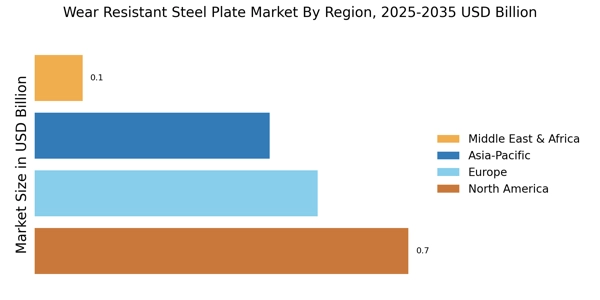
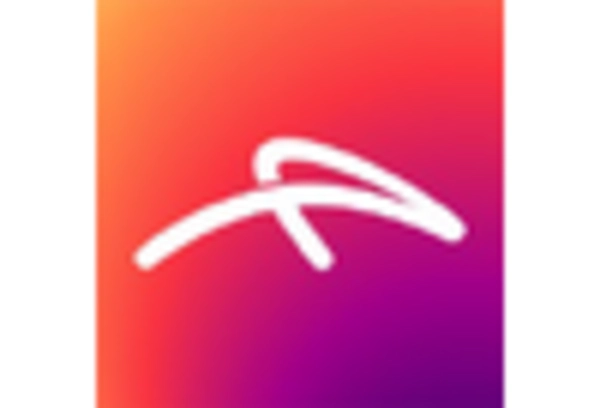

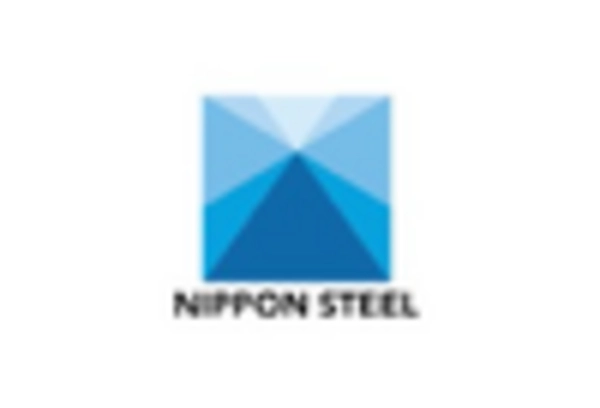
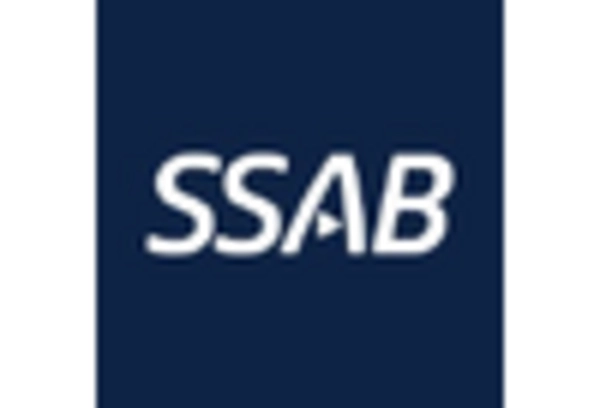
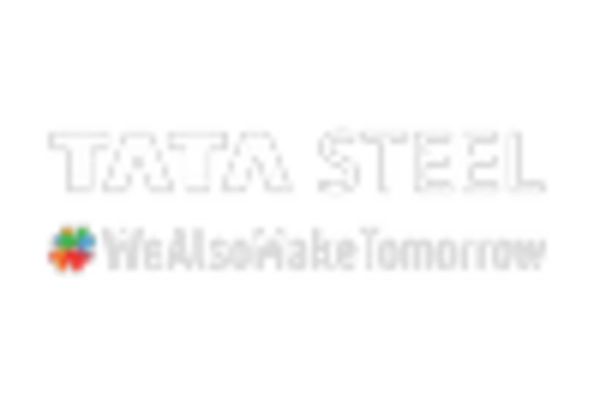
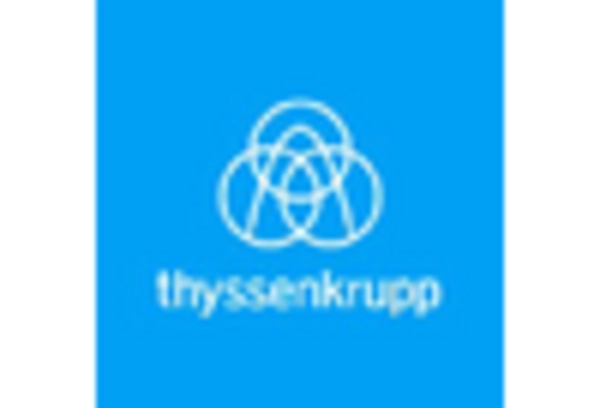








Leave a Comment